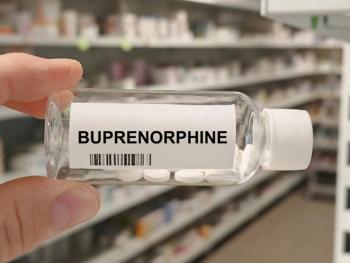
Will Specialty Pharmacies Dominate Drug Dispensing?
Specialty medications now account for one-third of all drug spending in the United States, according to IMS Health data.
Specialty medications now account for one-third of all drug spending in the United States, according to IMS Health data.
Since traditional pharmacy distribution channels are excluded from dispensing these specialty drugs, this trend will have to have a negative impact on community pharmacies’ bottom lines.
Although specialty pharmacy meets a need that is not adequately addressed by the traditional pharmacy, community pharmacy is changing. The problems described in a recent New York Times article, “Specialty Pharmacies Proliferate, Along With Questions,” could cause the government and payers to reevaluate how they regulate and use specialty pharmacy.
Until that time comes, pharmacists working in a traditional community pharmacy should start altering their approach to drug dispensing. Rather than focusing on “fast and cheap” dispensing, try to identify patients who need more care and give them pharmacy services that focus on improving drug therapy outcomes. Then, when the specialty market begins to change, you will ready to offer services that select patients and payers require.
After all, specialty pharmacies emerged because they meet the need for a single drug or disease. However, most patients don’t have only 1 disease or take only 1 drug. Because of this, specialty pharmacy is a contributor to problems with care coordination, rather than the solution it was originally believed to be.
Specialty medications may comprise 50% of all US drug spending by 2025, but closed distribution pharmacies may not be the primary distribution agents for these drugs.
Newsletter
Stay informed on drug updates, treatment guidelines, and pharmacy practice trends—subscribe to Pharmacy Times for weekly clinical insights.


















































































































































































































